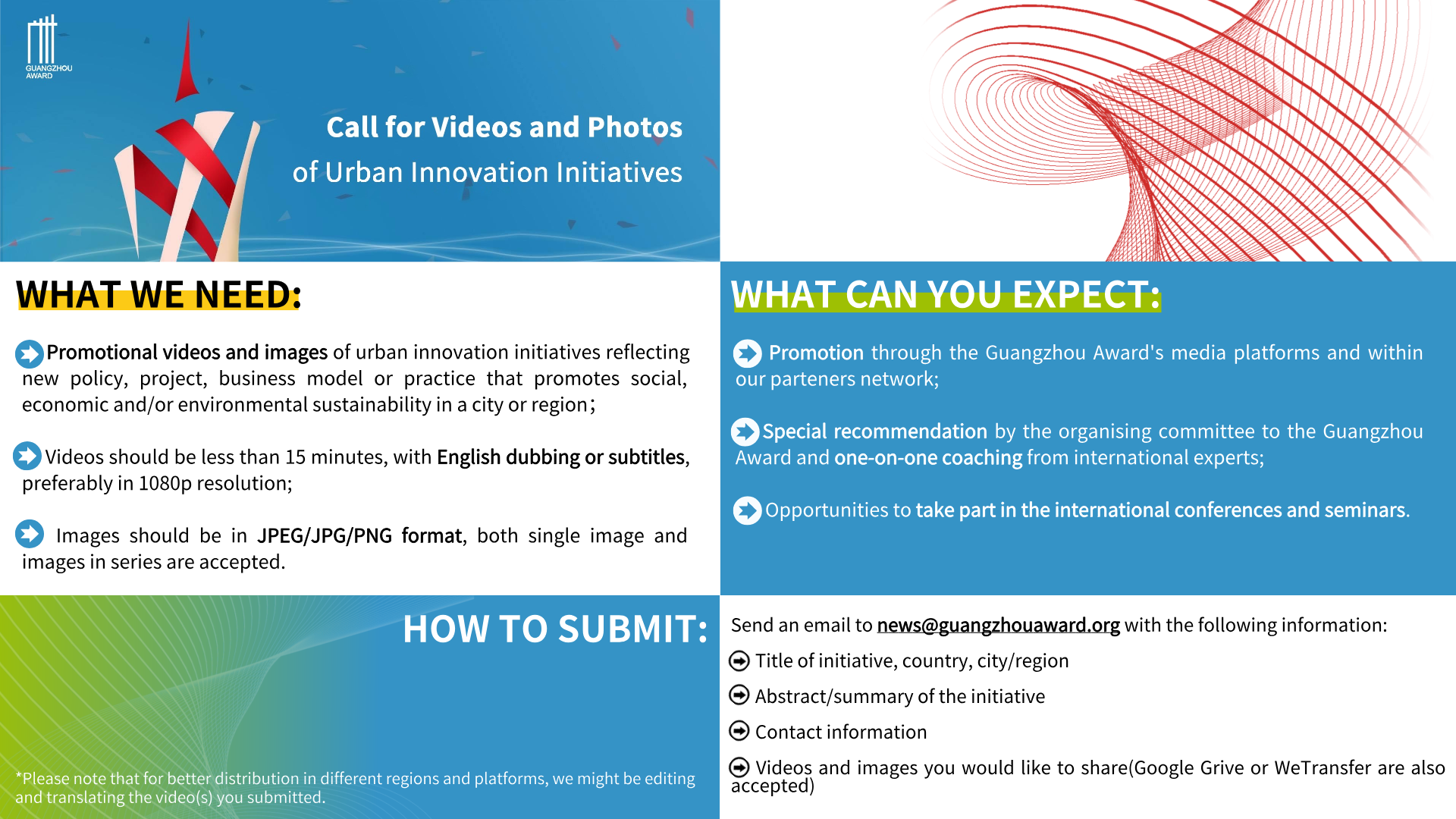Departmental Council of Saint Louis, Senegal
Inter-municipal approach for the safeguard and enhancement of the Mangrove by the Local Authorities

Basic City Data
Population size: 312369
Population Growth Rate (%): 3.00
Surface Area (sq.km): 879
Population Density (people/sq.km): 355
GDP Per Capita (U.S.$): 620
GINI Index: 0.34
Main Source of Prosperity (e.g. industry, trade, tourism, creative industry, etc.): Fishing, Tourism, Agriculture, Livestock, Crafts
The Departmental Council of Saint Louis in Senegal developed an innovative approach to environmental governance, which integrated the restoration of mangroves ecosystems across three municipalities with strategies for addressing urgent urban climate challenges and enhancing livelihoods through the promotion of resilient and structured economic activities around mangroves. The objective of the initiative was to restore the mangroves of Saint-Louis of Senegal (1000 ha.), which are threatened with extinction due to climatic and anthropogenic pressures, with a rate of loss of 9 ha./year, mostly due to the deforestation for firewood and farming activities. Mangrove restoration activities are critically important to global climate action, as they sequester carbon at a rate of two to four times greater than mature tropical forests and store three to five times more carbon per equivalent area than ‘tropical forests’ like the Amazon rainforest.
The department has a population of over 312,369 and is located in the Sahelian Region of West Africa, where poverty is most widespread and where resilience is weakened by environmental, political, demographic, economic and security challenges. The mangroves segment 3 municipalities in the Department of Saint-Louis and prior to the initiation of the initiative, local elected officials had not sufficiently integrated mangrove protection into their local sustainable development policies. The community-based conservation initiatives were not coordinated. Urban development strategies did not allow the mangrove to play its role.
Over the nine years of the intervention, more than 50 ha. of mangrove have been regenerated, which is equivalent to a sequestration rate of 350 tons of carbon annually. The mangrove growth rate has risen to 7% per year and the clearance rate is down by 25%. Nearly 80,000 people from over 50 organizations were involved in the initiative, representing local authorities, academics and environmental experts who were engaged to support the local private sector, civil society organizations and community organizations.
Alternative fuel sources in the form of biogas, were offered to households previously dependent on mangroves for firewood and an effective community awareness programme was launched, including inter-generational dialogues in schools, inviting elders to tell historical stories about the times when mangroves were abundant in order to encourage young people to actively contribute to its regeneration.
The Technical Committee recommends this initiative for consideration because it is an important and replicable best practice model to be shared during the forthcoming UN Decade on Ecosystems Restoration 2021-2030. It is an innovative approach to safeguarding mangroves through an inter-communal approach and participatory local development. The TC also commends the department for knowledge sharing and collaboration with other communities in Mauritania, Gambia and Guinea Bissau to preserve and enhance mangroves.


 test
test Urban Innovation in China | Hainan: Transforming Mangroves into “Golden Groves”
Urban Innovation in China | Hainan: Transforming Mangroves into “Golden Groves” In Focus | Empowering the “She” in the Family
In Focus | Empowering the “She” in the Family In Focus | The World Earth Day: Planet vs. Plastics
In Focus | The World Earth Day: Planet vs. Plastics




















 Tel: +86 20 3780 4434
Tel: +86 20 3780 4434 Email: info@guangzhouaward.org
Email: info@guangzhouaward.org Address: Rm 1609, FuLiXinTianDi, No.307 Guangzhou Dadao Zhong, Yuexiu District, Guangzhou, Guangdong, 501600, PRC
Address: Rm 1609, FuLiXinTianDi, No.307 Guangzhou Dadao Zhong, Yuexiu District, Guangzhou, Guangdong, 501600, PRC




